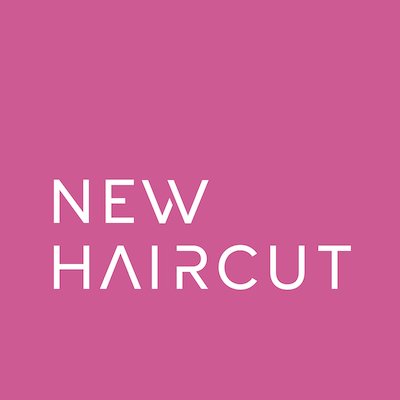Treat your job search like a product
You're already an expert at developing great products. Now it's time to apply those skills to a product of your own: your job search. (If you're currently looking, that is.)
The customer is you. The objective is that you need a new role, one that gives you all the things you want (or, okay, most of the things you want) in your career. The market opportunity is that companies need your skills to accomplish their goals.
You already know what you need to do.
But just in case, here's the big picture.
1. Clarify Your Vision
What do you want? What's the best-case scenario? Picture the job you actually want, not the job you'll accept to pay the bills.
Write down specifics about the role you have in this imaginary future. The more detailed, the better. Write it as if it's already happened.
Include the type of company, your responsibilities, the kinds of projects you lead, the team you're a part of, what your manager is like, the money you're making, the community you'll impact. Keep going. What does this role look like? Why do you want it?
2. Create Content
Dedicate some time each day to creating content that reflects the vision you've defined. Content is your currency, and it's not just for marketers and entrepreneurs.
Try LinkedIn posts, Medium articles, TikTok videos, Slack and Discord threads -- go where your industry peers already hang out and commit to engaging in that space with original content. Pick a format you can commit to and sustain. The point is to demonstrate your thought leadership - which speaks volumes more than a self-reported resume will.
A word of advice: Take bold stances in the ideas you share. Having strong opinions about the things that are important to you will attract the right hiring managers. It will also keep away the wrong ones.
3. Surface Roles
Treat the "search" part of the job search like product discovery, sourcing roles that match your vision. Most importantly, eliminate roles that don't match - saying 'no' upfront will be easier than once you're through a couple rounds of interviews. Protect your time and focus.
I recommend looking for roles within relevant Slack communities, not job boards. A lot of them have dedicated #jobs channels and you can sometimes DM with existing employees or the hiring manager who posted the role.
My favorite Product communities are:
4. Start Conversations
As you find roles that feel like a fit, reach out to people there who are either doing the job you want or hiring for it. Request 30-min calls to ask questions about the role, company, culture, etc. Use your customer interview skills here - remain curious without pitching or selling. Don't take advantage of their time by asking for an inside track on getting hired.
Instead, offer to share some ideas on topics that may help them and remind the person that you've been in their shoes. Your content is proof -- offer a link to a relevant thing you've written (or produced, or filmed, etc) and then ask what questions or ideas they have about it.
5. Measure and Iterate
As you go, companies & roles you were excited about will turn out to be duds. Some of your content will not land. Keep track of it, and note which messages create the kind of conversations you're looking for. Treat your initial search as a prototype, and keep evolving it until it's producing the results you expect.
Good luck -- this market is tough.


